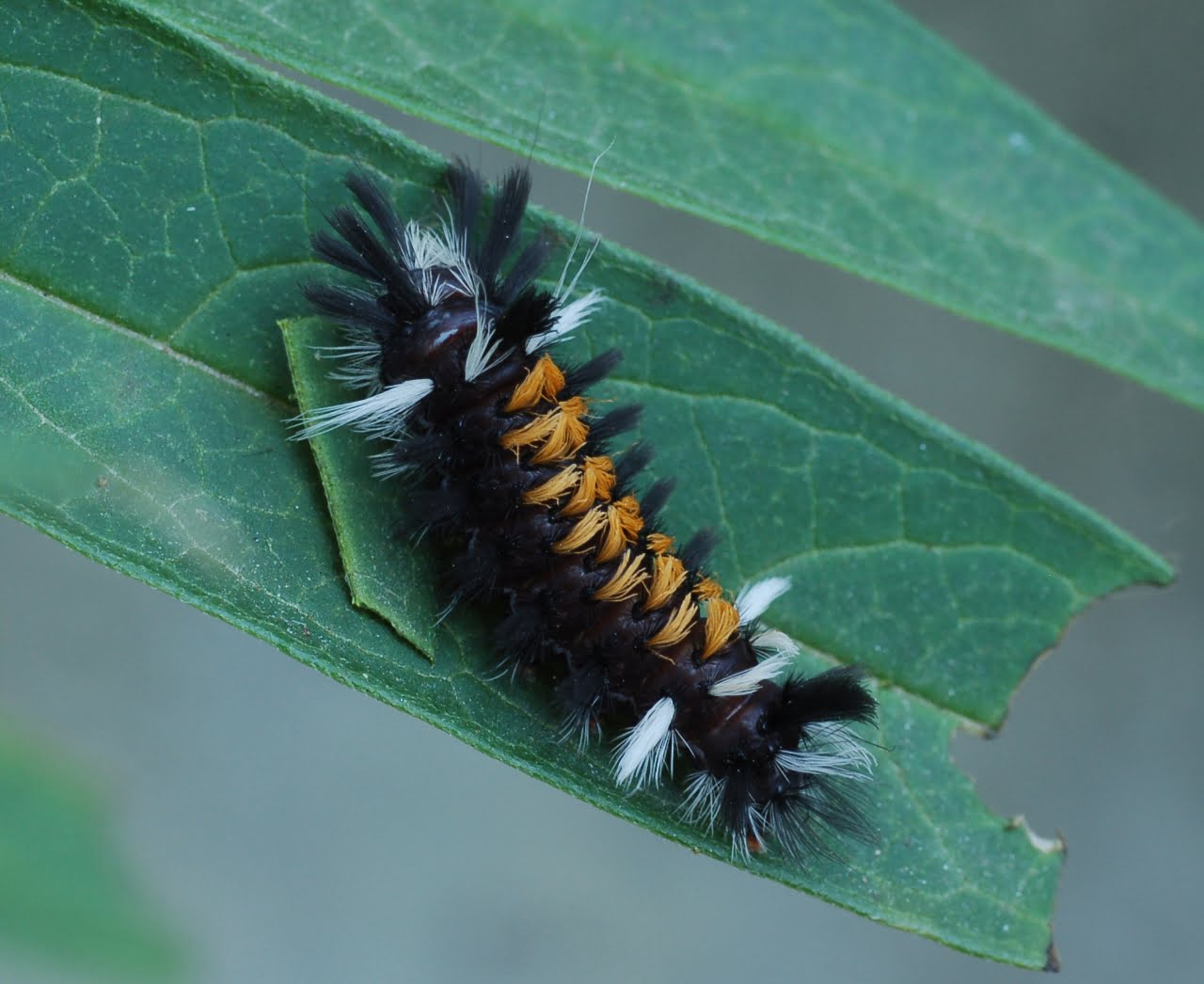The Milkweed Tussock Moth (Euchaetes egle), with its unmistakable tufts of hair and striking appearance, is a notable inhabitant of North American landscapes.
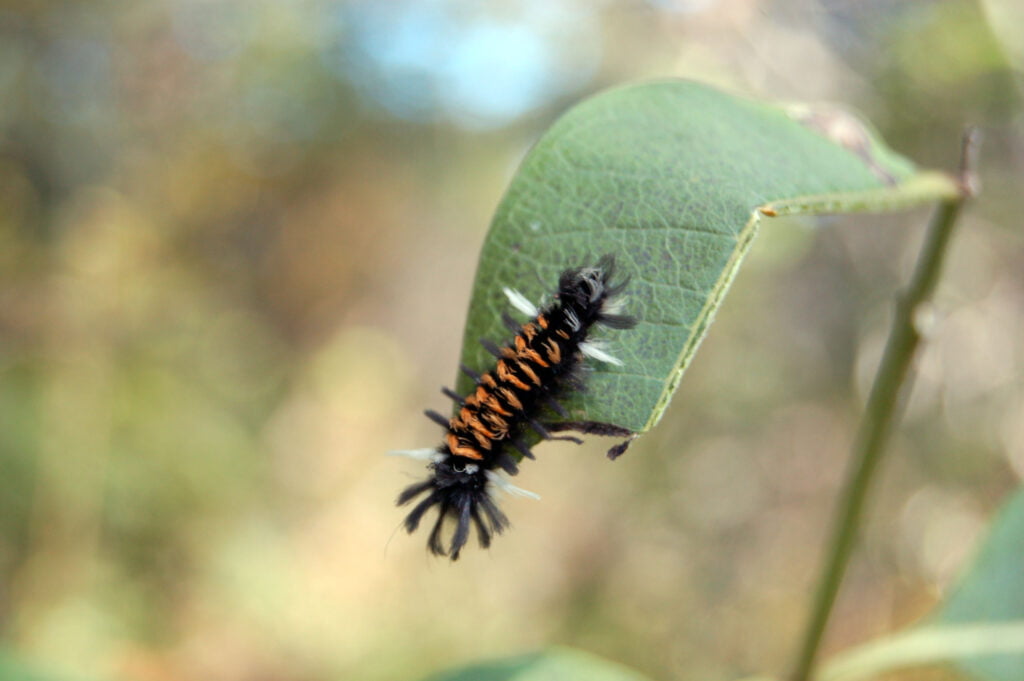
Though the name “Milkweed” is most commonly associated with the famous Monarch butterfly, this little moth has its own intricate relationship with the milkweed plant. Let’s delve into the world of the Milkweed Tussock Moth and its bond with the Asclepias genus.
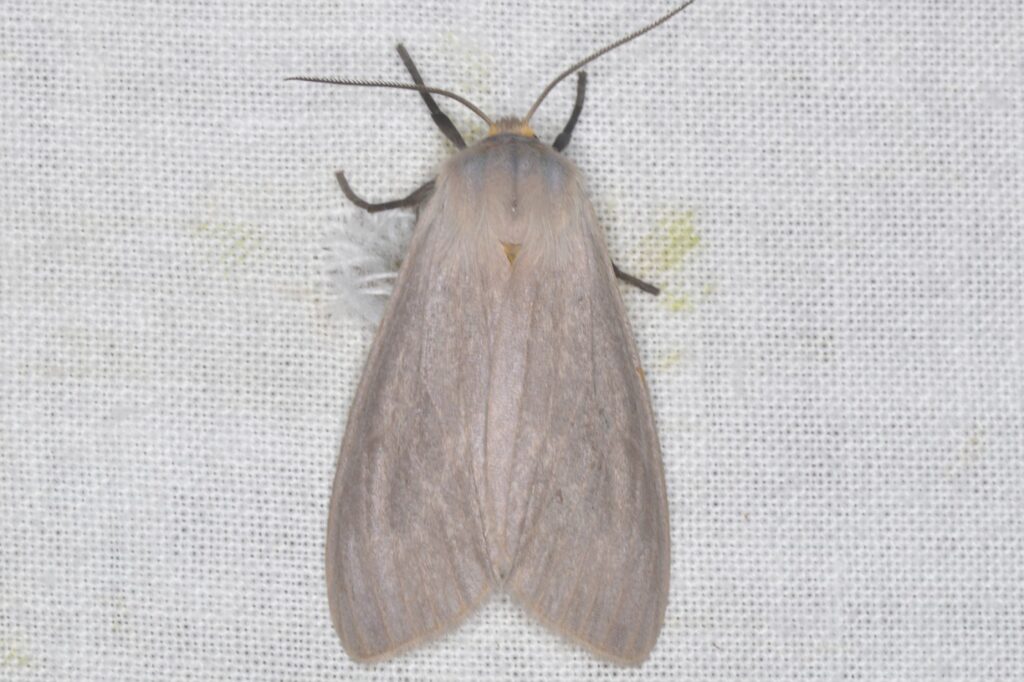
Appearance and Life Cycle
The caterpillar of the Milkweed Tussock Moth is a sight to behold. Covered in tufts of black, white, and orange hairs, it has a fuzzy appearance that makes it quite distinguishable. As it matures into an adult moth, it takes on a more subdued coloration, with grayish-brown wings featuring small, lighter spots.
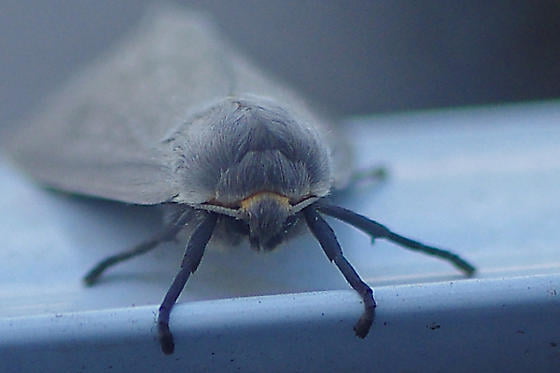
Milkweed: A Primary Food Source
Milkweed plants, belonging to the Asclepias genus, serve as the primary food source for the larvae of the Milkweed Tussock Moth. Much like the Monarch butterfly’s caterpillars, the tussock moth caterpillars feed on milkweed leaves, extracting nutrients and, more importantly, the plant’s natural toxins.
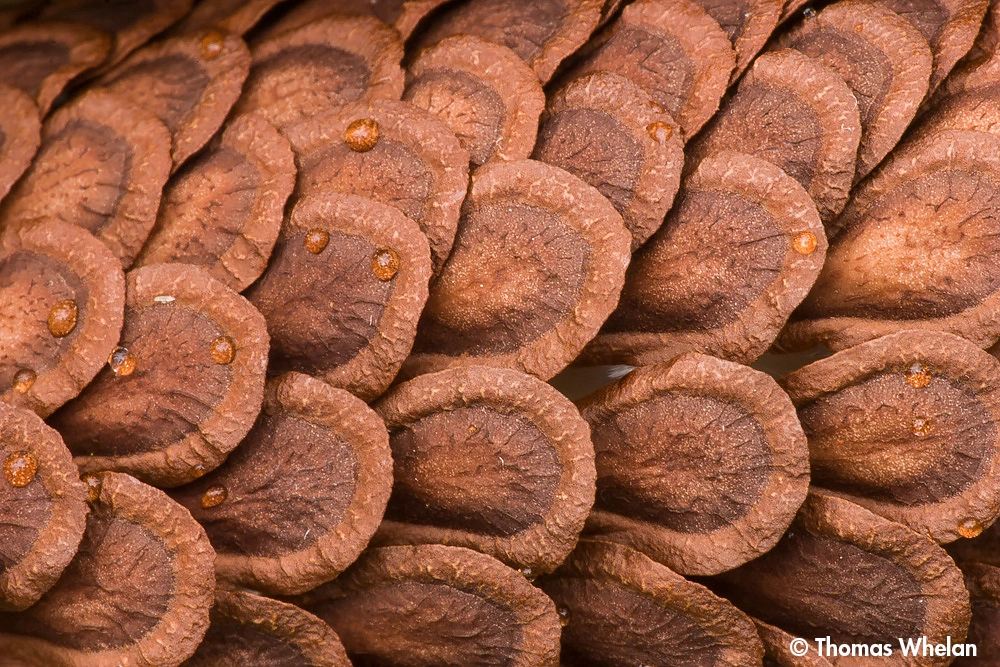
Milkweed Seeds
Seeds for growing plants in the Milkweed genus (Asclepias); required for all Milkweed butterflies, like the Monarch and Queen.
By consuming these toxins, the caterpillars become distasteful and potentially harmful to potential predators, granting them a form of chemical defense. The bright coloration of the caterpillar—a combination of black, white, and orange—serves as a warning sign, signaling to predators about their unpalatable nature.
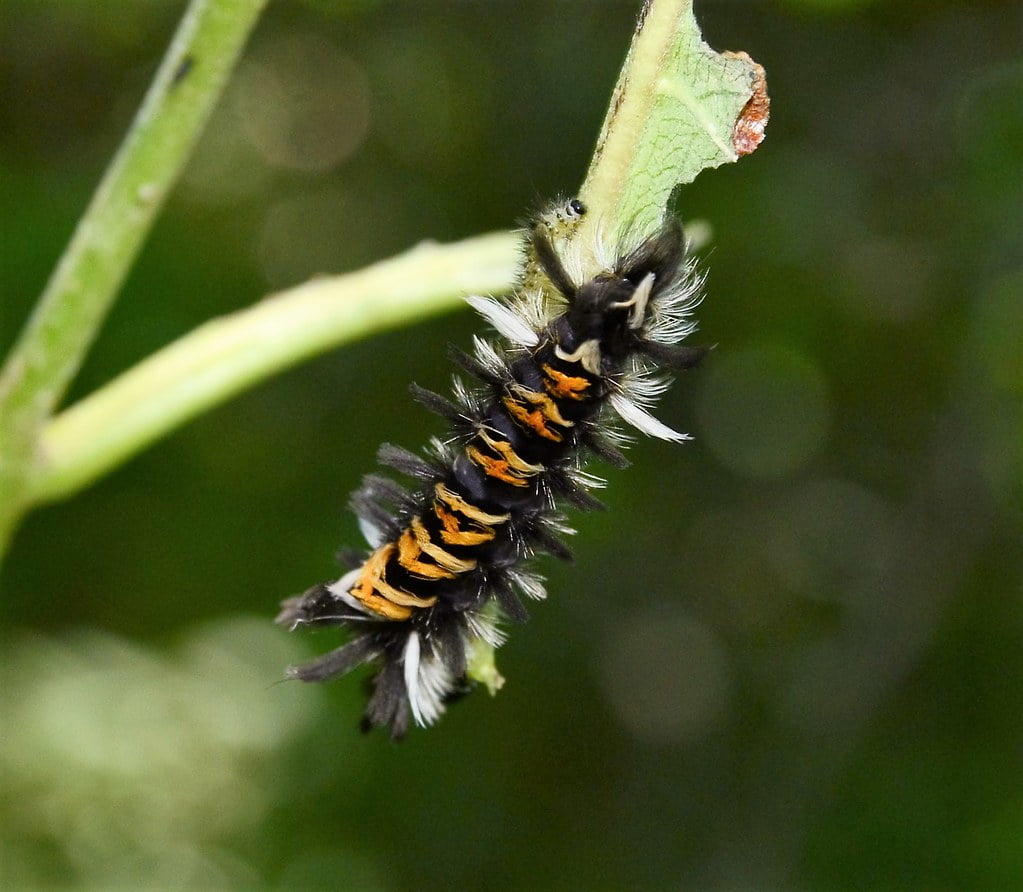
Role in the Ecosystem
Though they might not be as celebrated as the Monarch butterfly, Milkweed Tussock Moths play a significant role in the ecosystem. By feeding on milkweed, they help in controlling the growth of these plants, ensuring a balance in the habitats they occupy.
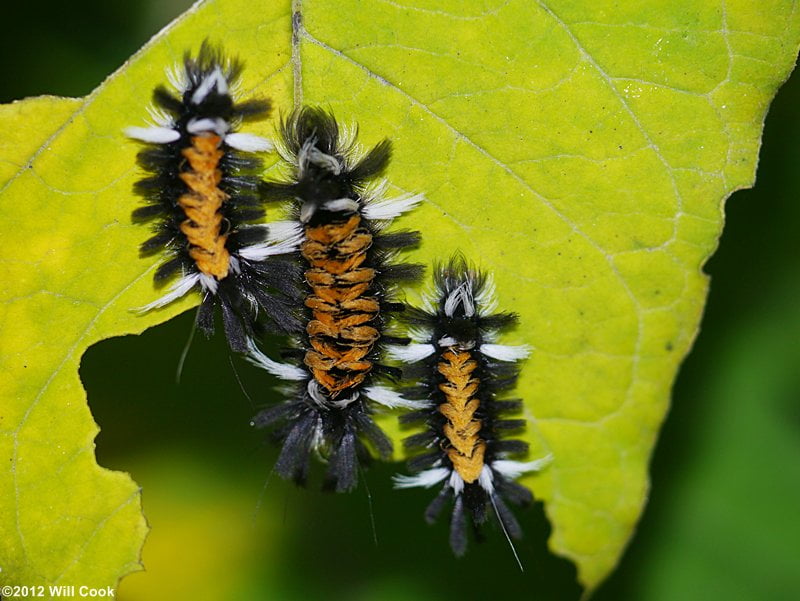
Conclusion
The Milkweed Tussock Moth, with its distinctive appearance and intimate relationship with the milkweed plant, underscores the intricate web of interactions within nature. Their reliance on Asclepias not only provides them with sustenance but also with a unique defense mechanism, showcasing the adaptive strategies of God’s many creatures.
As we continue to explore the connections between various species and their environments, the Milkweed Tussock Moth stands as a testament to the delicate balance and interdependence that characterizes our natural world.
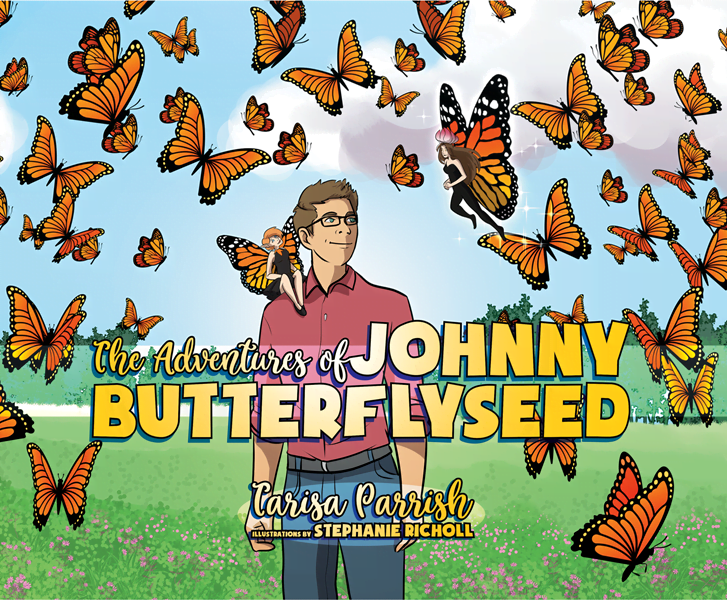
The Adventures of Johnny Butterflyseed – Author Signed First Edition Children’s Book
Save the monarchs!
Johnny Butterflyseed and his fairy friend, Raven Silverwing, embark on a mission to save the rapidly disappearing butterflies. They enlist the help of Queen Venus Goldwing and her kingdom of monarchs to educate and inspire kids to become butterfly farmers. At first, Johnny faces his own internal struggle with self-doubt and fear in his ability to make a difference, but then soon develops a mindset that allows him to not only get started, but also make progress one day at a time. Through challenge after challenge, Johnny learns that he is not alone in his mission and that there are many people who want to help. Together, Johnny, Raven, and Queen Venus educate thousands of children on becoming butterfly farmers.
